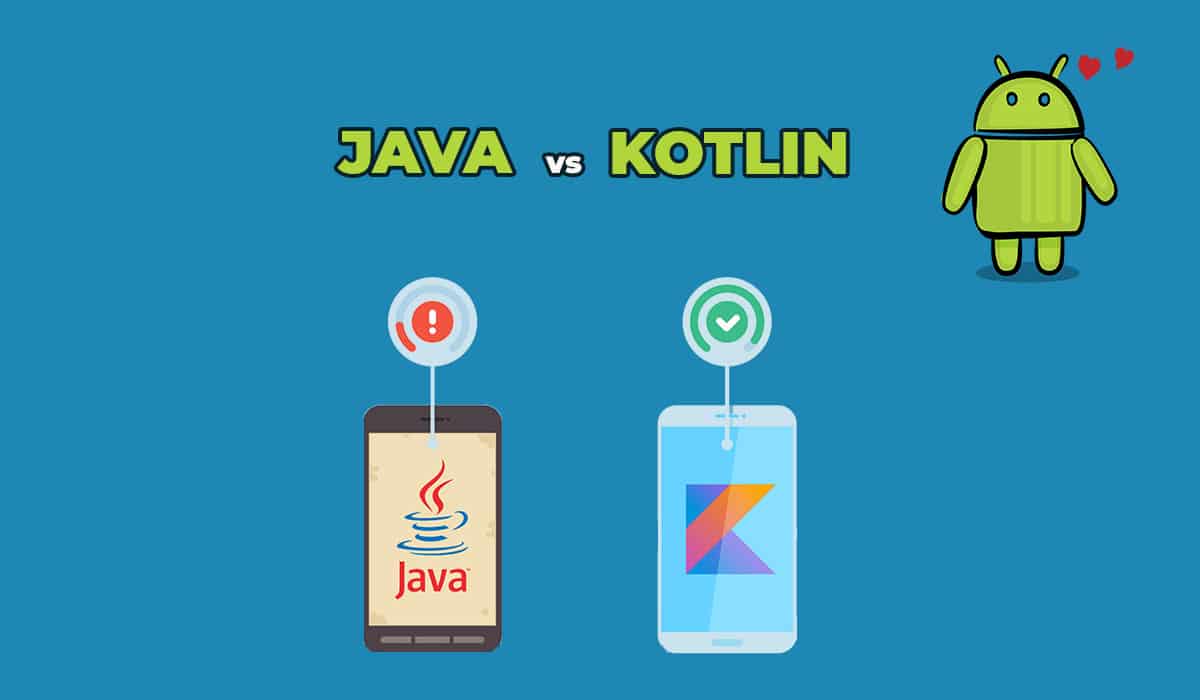


However, when we only need to map our short collection once and get the result, the penalty of extra object creation is comparable to the useful payload. When we need to do a series of transformations over a large collection, this makes sense.

In addition to that, to use functional transformations on collections in Java, we have to create a Stream out of a collection and later collect that Stream with a Collector to the target collection. All of the collection transformation functions – such as map, filter, associate, first, find any, and many others – are inline functions. Instead, the compiler rewrites the call site to call the instructions in the lambda when they are needed in the inlined function. If such a function takes a lambda as an argument, there’s no actual lambda in the bytecode. For example, Kotlin has inline functions. However, there are differences between Kotlin and Java. Classes, functions, function arguments, and standard flow control operators, such as if and for, work in the same way. Kotlin is much more expressive and brief than Java, but does it have a cost? To be more precise, is there any performance penalty for choosing Kotlin over Java?įor the most part, Kotlin compiles into the same bytecode as Java.


 0 kommentar(er)
0 kommentar(er)
